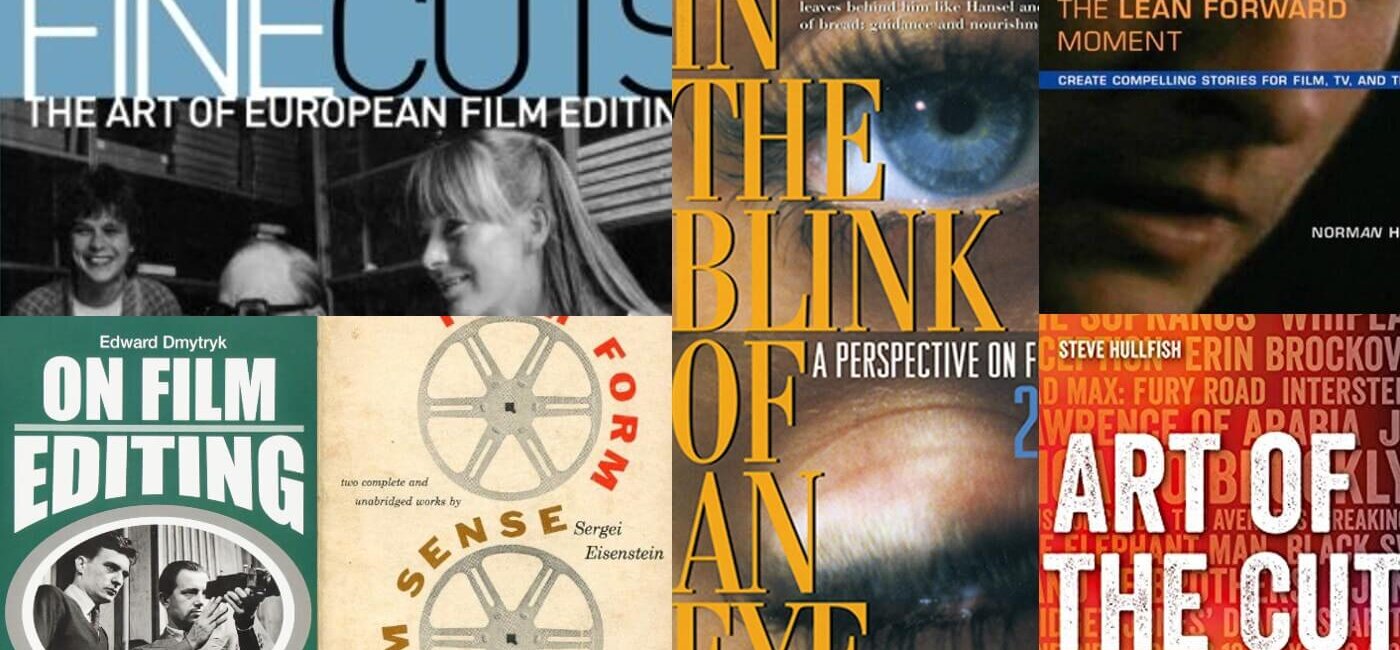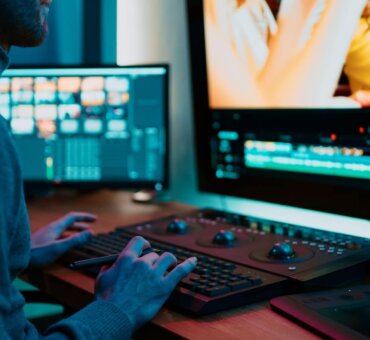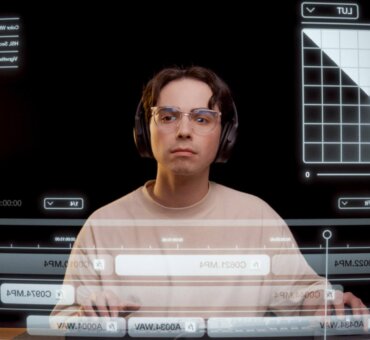While film editing has seen its share of software advancements, its principles of composition, movement, rhythm, and timing have not changed. Just like any other creative skill, the ongoing desire to learn remains essential if you want to grow in your craft. Whether you’re new to editing or feel your knowledge has plateaued, gain insight from award-winning editors with these top film editing books.
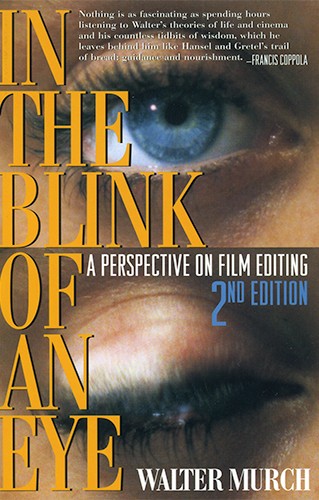
Blink of an Eye by Walter Murch
If you’re going to read just one book on editing, this is the book. Walter Murch explains his practical theories about cutting and why continuity is so unimportant. Murch also deconstructs editing into rhythms and patterns based on our natural visual pauses: blinking.
Murch approaches the book with a mixture of stories and practical thought, cutting as soon as possible to communicate the necessary information for the shot, the character, and the scene.
Emotion is the #1 reason to cut—valued by Murch at 49%—while respect for continuity is the least important reason at 4%. His rules have a great foundation and justification for why each cut is made.
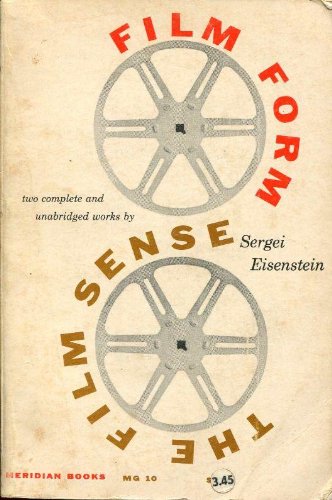
The Film Sense and Film Form by Sergei Eisenstein
This book itself is a mix of information from a man who was a theorist and filmmaker. Eisenstein was one of the early filmmaking pioneers—his writing about filmmaking helped explain what he was trying to do. It has his thoughts and theories about the value of montage style cutting and how it handles the rhythm, sound, and the juxtaposition of images.
Eisenstein felt that the construction of scenes was more than just showing a moment by linking related images. He developed “methods of montage”—these were meant to be considered in tandem and ideally combined.
- Metric: Cut exactly every X frames
- Rhythmic: Editing based on information & context (literally the basis of nearly all editing).
- Tonal: Editing based on the emotional tone of each shot (especially when combined with music
- Overtonal: the juxtaposition of images creating a much more abstract meaning
- Intellectual: editing the shots to create an intellectual meaning
And it’s in the combination of these techniques that the film form is most potent. This book gives fantastic insights from one of the early innovators in film.
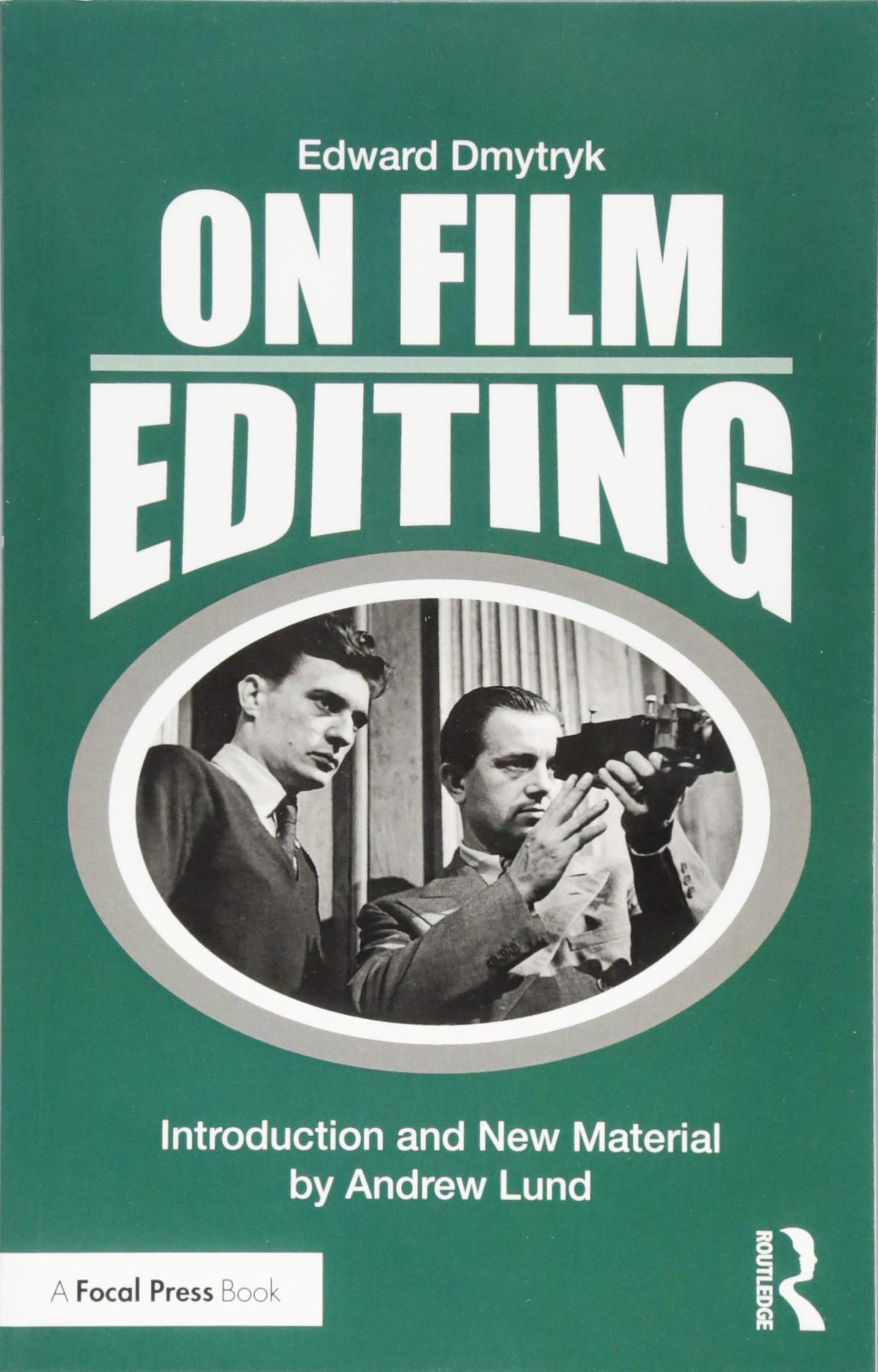
On Film Editing by Edward Dmytryk
Before Edward Dmytryk directed films like The Caine Mutiny (1954), Give us this Day (1949), or Crossfire (1947), he was a film editor. This 1984 film editing book is still used by film schools (albeit skipping the technical parts specific to physical film cutting).
Dmytryk has seven basic rules of cutting:
- Never make a cut without a positive reason. Only cut to improve the scene.
- When undecided about the exact frame to cut, cut long rather than short. (You can always trim it later. Restoring film frames was difficult at the time.)
- Whenever possible, cut on action.
- The fresh is preferable to the stale. When possible, use a different take/angle.
- All scenes should begin and end with continuing action. Keep things moving in/out of a scene.
- Cut for proper values rather than for proper matches. Continuity errors and jump cuts are acceptable—as long as they forward the story/emotion.
- Substance first, then form. An editor must strive to improve the emotional power of a film.
There’s a reason this is still used in film schools today: it has clear guidelines for the foundations of editorial storytelling.
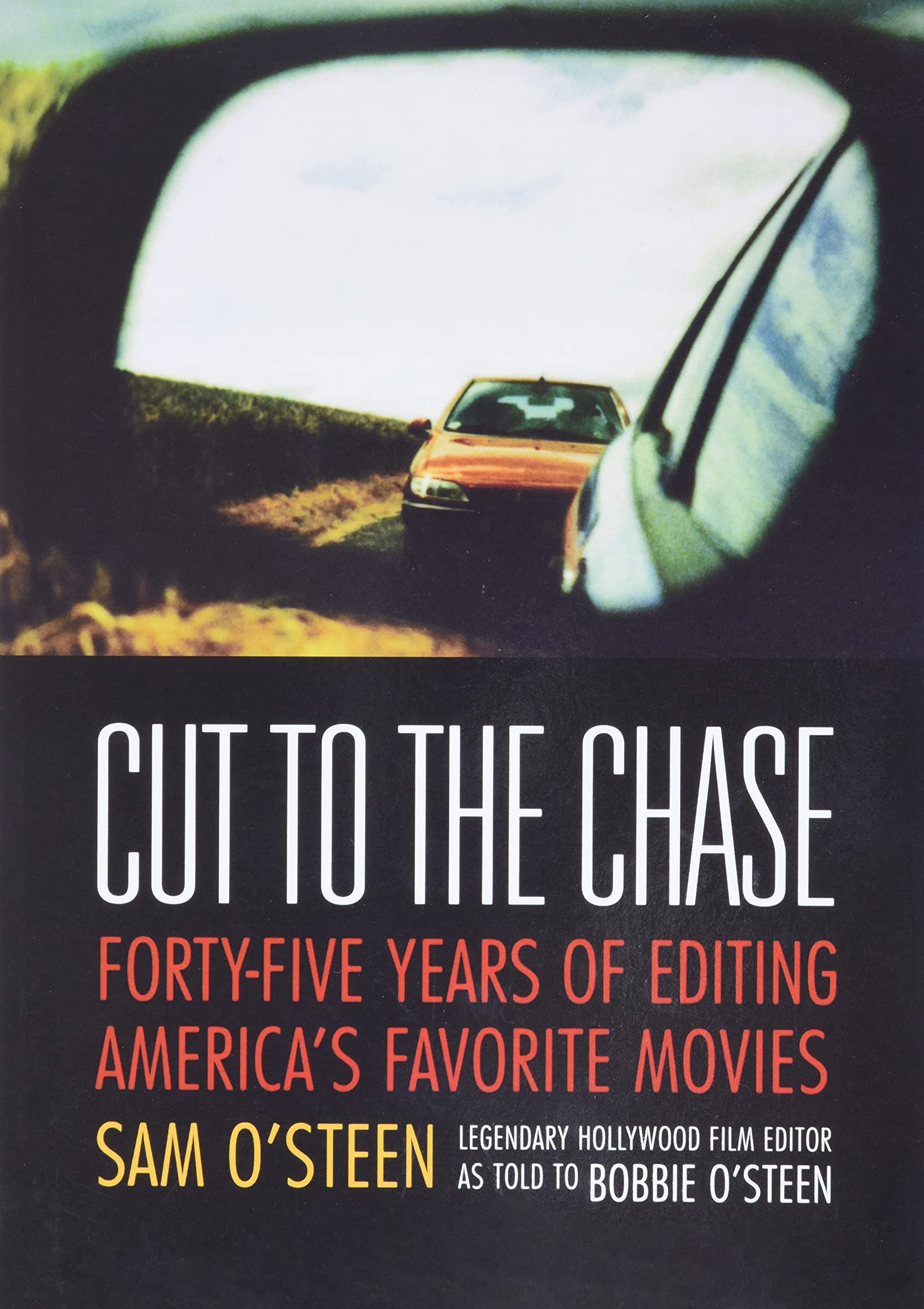
Cut to the Chase by Sam O’Steen
Sam O’Steen, the editor of films such as The Graduate (1967), Chinatown (1974), and dozens of other well-regarded films, details the process behind many landmark films and behind-the-scenes stories.
O’Steen writes about the process of working on these films, but with some specific insights, such as what makes particular sequences work.
In a Q&A format, he talks about handling dialog, reaction shots, and creating new processes that are now considered standard today, such as shooting with two cameras to handle overlapping dialog.
O’Steen developed a saying to remind directors not to become too attached to a moment or a scene: “Movie first, scene second, moment third.”
As in the opening article, watching films is part of the learning process. In this case, it’d be warranted to watch the films as you read the book, gaining more significant insight into what makes these films work.
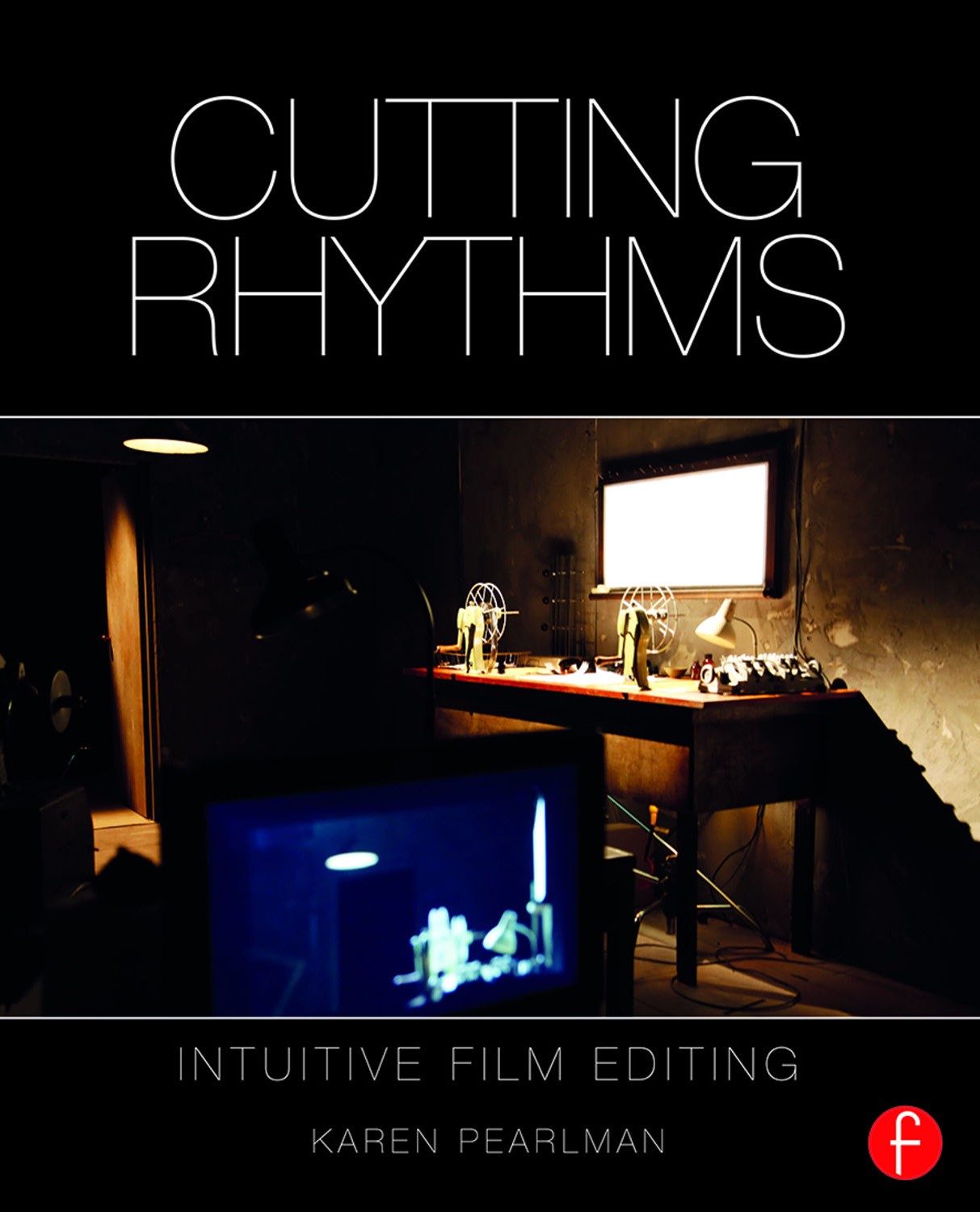
Cutting Rhythms: Intuitive Film Editing by Karen Pearlman
Cutting Rhythms offers an in-depth study of the film editor’s rhythmic creativity and intuition.
Pearlman’s book explains the philosophy of developing intuition about cutting (not to be confused with instinct) with explorations of timing and pacing analogous to choreography.
Rather than offering a rigid set of rules/structures, Pearlman focuses more on possibilities and the questions around the editorial process. When an edit isn’t working, questions like these can often help analyze what is and isn’t working.
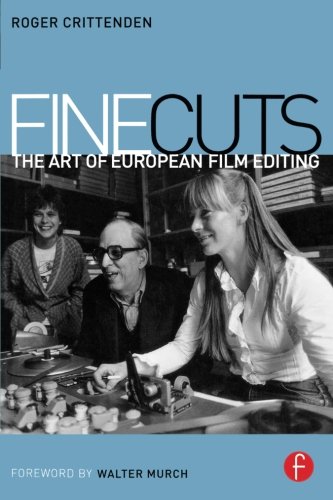
Fine Cuts: The Art of European Film Editing by Roger Crittenden
Roger Crittenden reveals the experiences of many of the most outstanding European film editors through interviews that offer insight into the art of editing, direct from masters of the craft.
Here Crittenden interviews the editors for Truffaut (Agnes Guillemot), Bergman (Sylvia Ingemarsson), Kubrick (Tony Lawson), and more.
Since the interviews are with the editors, it’s an opportunity to get insight into the collaboration/creation process. Some of them are shorter interviews—some longer, but this book is full of gems about editing/story.
“My advice to people who want to be editors is that the job of editing is to avoid cutting. You must first look and then cut as little as possible. The need for a cut belongs to the story. Go to a museum and stand in front of a painting, read into it.”
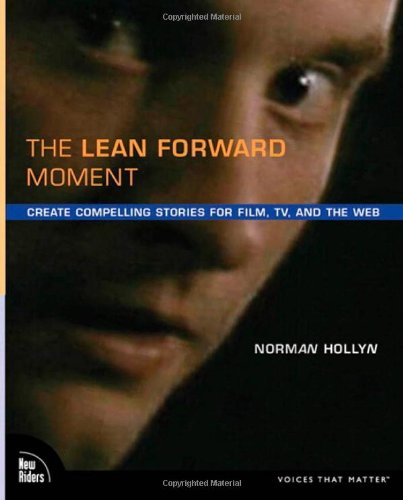
The Lean Forward Moment by Norm Hollyn
Norm Hollyn led the editing department at USC for over a decade, cutting films like Sophie’s Choice (1982), Cotton Club (1984), and Heathers (1988).
This book, from a master professor and professional editor, is a deconstruction of the entire film process, from breaking down each scene (and its purpose) to the various pieces that construct a film. He encourages editors to have a concrete plan, but be aware of the necessity of recutting and recutting.
The book’s title comes from the idea that the critical spot in any scene is the lean forward moment: when the audience leans forward in their seat.
To find lean forward moments, ask three questions in each scene:
- Whose scene is it?
- How does that character change during the scene?
- Where, exactly, does that change occur?
It’s a fantastic modern set of insights into filmmaking and editing.
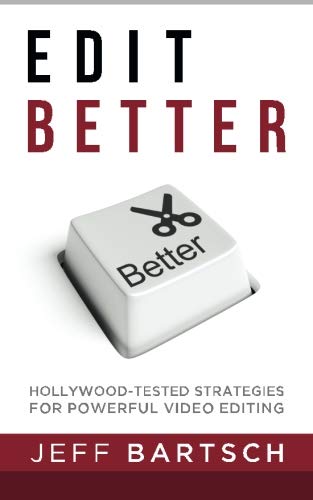
Edit Better by Jeff Bartsch
Bartsch teaches how to edit better by explaining elements often neglected in the edit suite. A blend of communication theory, marketing, behavioral psychology, neuroscience, and nuts-and-bolts details of editing application from years of experience in Hollywood.
A quote stands out: “The best editorial tactics in the world are useless without the right editorial strategies.”
For example, it does you no good to pull out the microscope and build the world’s best opening montage for a scene that should not be in the sequence in the first place.”
This book has valuable, real-world editing tips based on Bartsch’s practical experience.
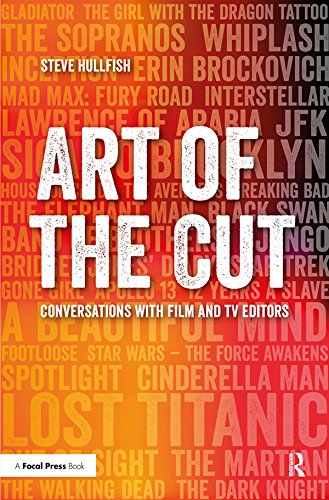
Art of the Cut: Conversations with Film and TV Editors by Steve Hullfish
This book is a series of interviews with over fifty top editors from around the globe, each distilled into cohesive insights about story and editorial.
The book is broken up into sections, each giving multiple perspectives. Sections on project organization approach to a scene, pacing, structure, and more. There are portions on breaking into the industry and documentary editing.
The entire book is like sitting on a meta-conversation about the different aspects of cutting.
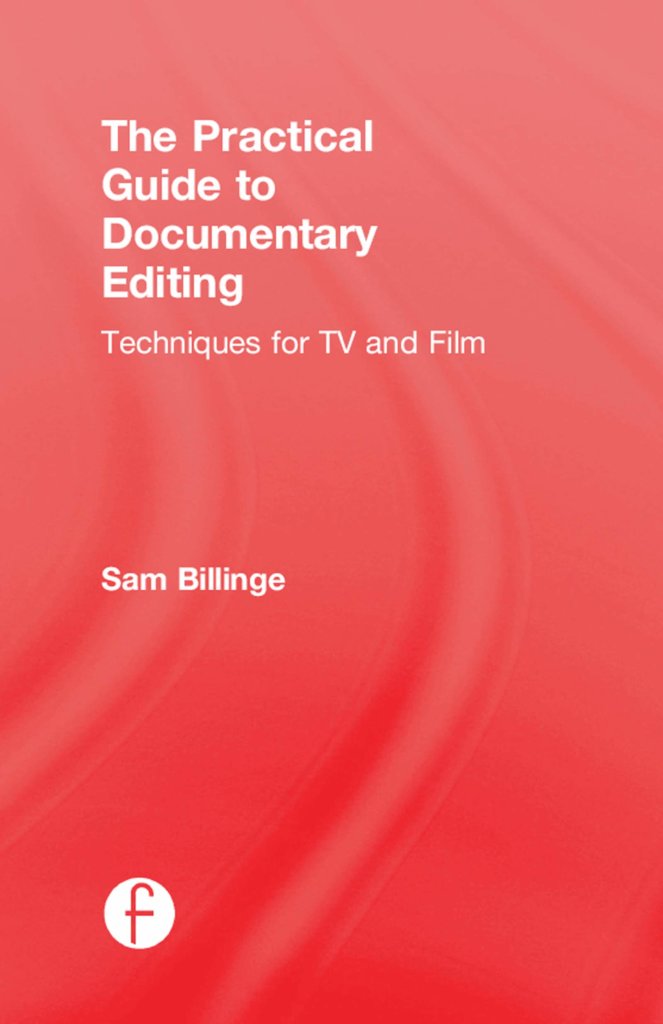
The Practical Guide to Documentary Editing by Sam Billinge
Targeted directly at documentary editors, Sam Billinge, explores project organization, assembling rushes, sequence editing, story structure, music, and sound design, and the defining relationship between editor and director.
It covers real-world items like organizing strategies and handling client review sessions, to deeper editorial issues like deciding which scene to cut first, b-roll choices, music considerations, and more.
Documentary editing is some of the most difficult, as the editor is often also writing the story. They are being forced to construct a story from scratch assists in learning and improving the craft of editing, regardless of genre.
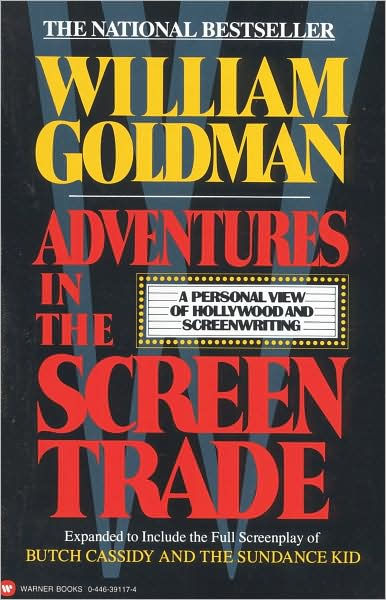
Adventures in the Screen Trade by William Goldman
In this last book, we come back to the source of stories, the screenwriter. It’s a book about the creative process of writing and Goldmans’ professional experiences as the screenwriter of films like Butch Cassidy and the Sundance Kid (1969), Marathon Man (1976), and The Princess Bride (1987). It’s also a solid reading recommendation for filmmakers.
Goldman has an innate sense of timing and structure. While this book has excellent behind the scene stories, he talks about specific films he’s written along with insights on the adaptations.
There are two magical things in this book. First, the entire book is written by an entertaining writer. Goldman’s book is just plain fun. But amazingly, in the last section, he takes an older work of his own—a short story—and then shows how he’d adapt it to a screenplay.
It’s a remarkable education on timing, structure, when to condense, and when to change elements to make the story work.
